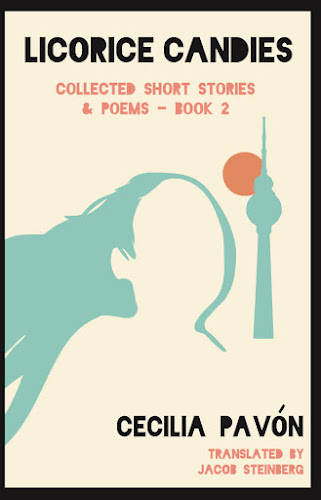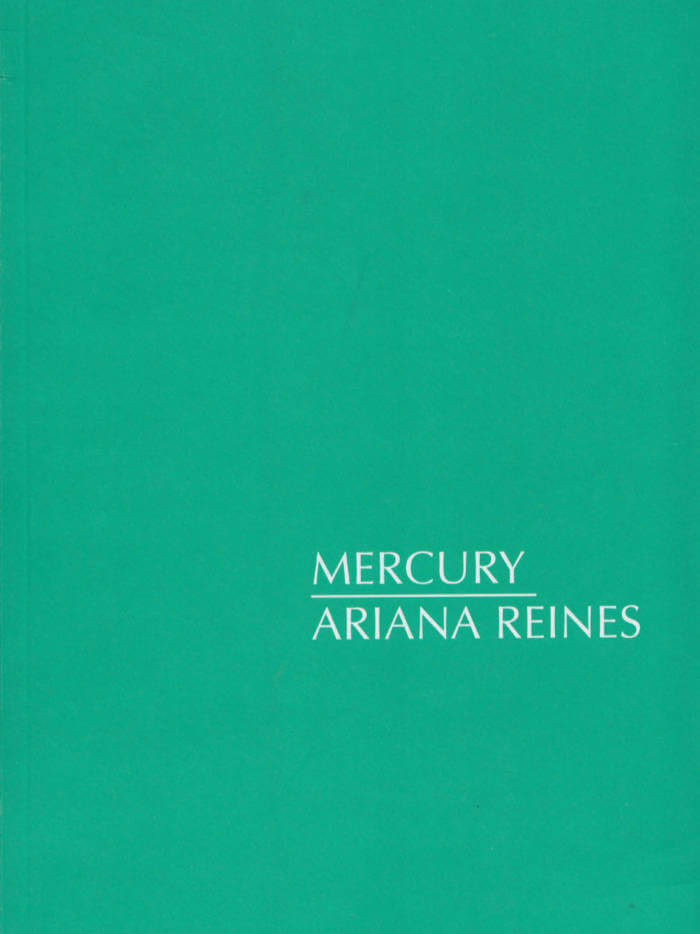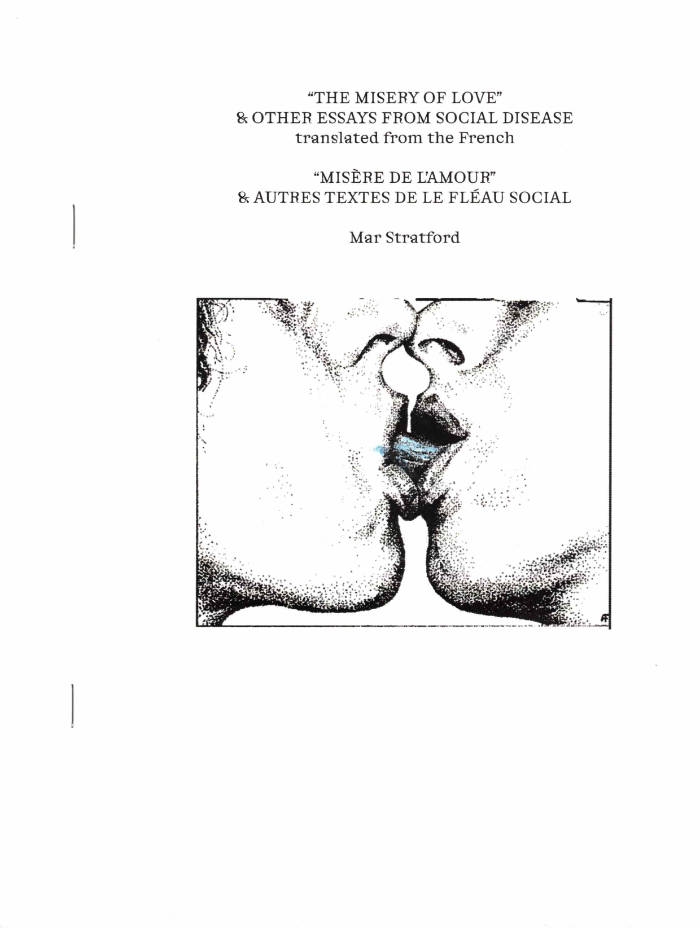Solitary Pleasure is a new collection of poetry, journal entries, letters and ephemera by the American poet John Wieners, edited by Richard Porter with an introduction by Nat Raha.
John Wieners (1934-2002) was a poet, a Black Mountain College alumnus and an antiwar, gay rights & mental health activist.
‘John Wieners has been described as both ‘the greatest poet of emotion’ (by Robert Creeley) and ‘the poet laureate of gay liberation’ (within the Gay Liberation press). Solitary Pleasure delivers us this poet raw with mid-century queer feelings. Here, we encounter a writer preoccupied with the power and magic of poetics to profoundly render love, loss and survival in the face of destruction.’
— Nat Raha, from the introduction
'Solitary Pleasure is a selected collection of Wieners’ poems, appended with letters and journal entries. An introduction, written by contemporary poet Nat Raha, makes a powerful case for reading Wieners’ work as art born from “the heart of struggle”. The poems themselves are offhand and diaristic. Sometimes, they deploy childlike rhymes that purposely steer close to nonsense, successfully generating a sense of wonder (“If I had a canoe / I’d fill it with you / Then what would you do”). The Wieners of Solitary Pleasure is a poet eager to vocalise queer desire. “The beauty of men never disappears,” he writes, later portraying desire as something that must be “choked” out of him. Occupying nearly a third of Solitary Pleasure are his “Asylum Poems”, which Wieners wrote in 1969 – the summer of the Stonewall riots – while in a psychiatric institution. These poems spotlight the connection between art and affliction, but challenge us to consider creative expression as a very real mode of survival and salvation, and not merely, as current wellness discourses suggest, a potential curative or preventive to mental ill-health.'
— Ralf Webb for The Guardian





